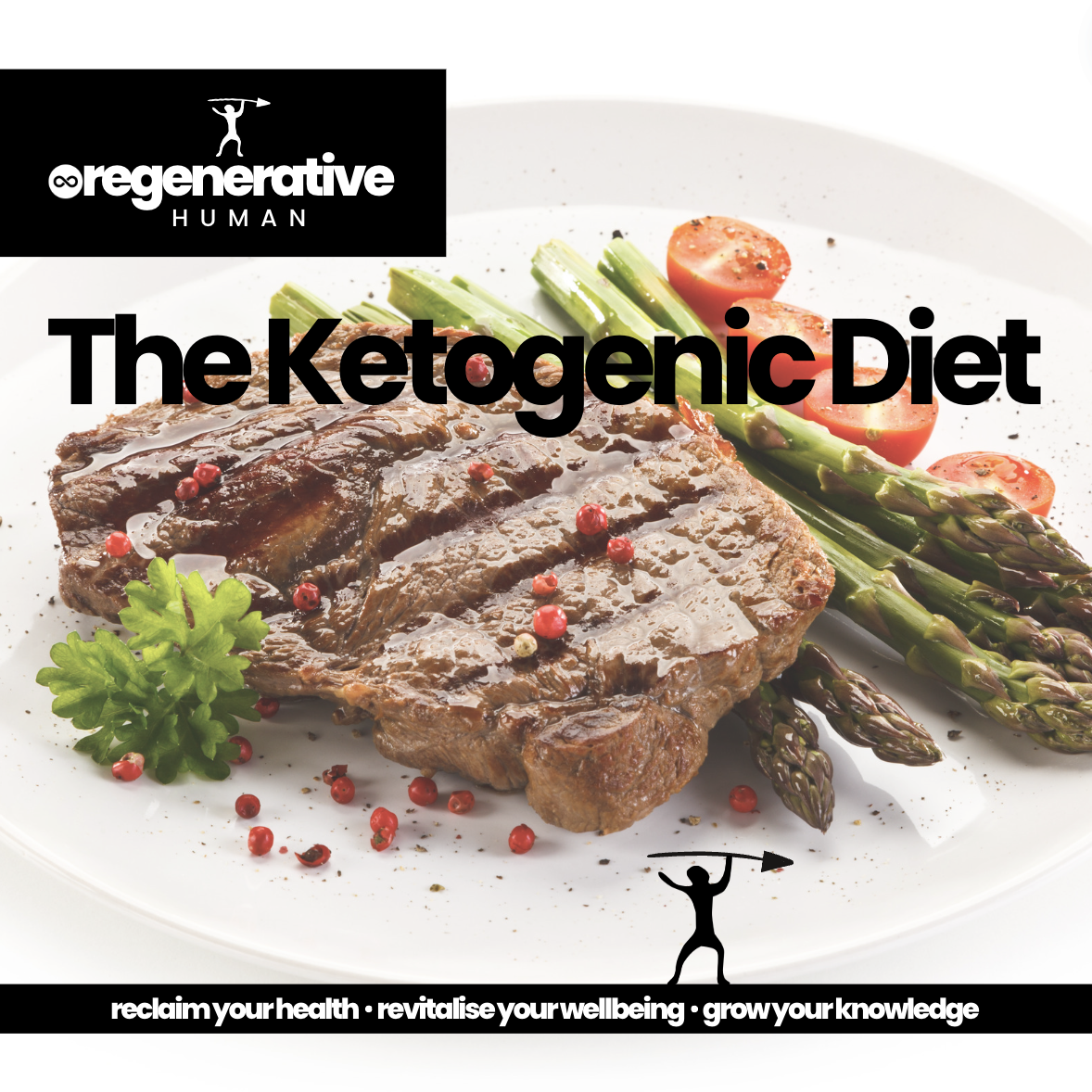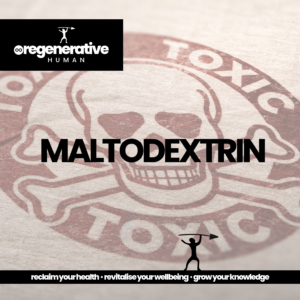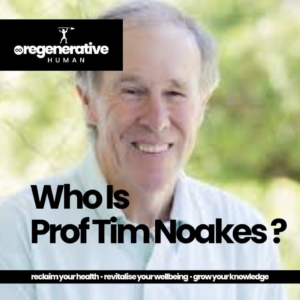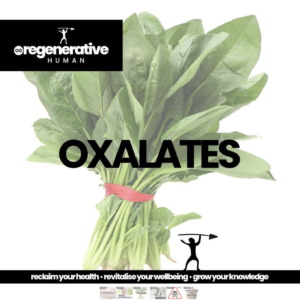A ketogenic or “keto” diet is one where a body uses an alternative fuel source, ketones, instead of glucose.
Ketosis is a natural metabolic state, we are born in ketosis and we evolved in ketosis until the introduction of agriculture when our diets changed significantly into one heavy in carbohydrates where we then went from ketosis to glycolysis where the body converts glucose for fuel instead.
In order to achieve ketosis we need to restrict or remove our carbohydrate consumption, usually to 20g or less a day and our fat and protein intake goes up. After the body has depleted all of its stored glycogen (this usually takes around 1 – 3 days depending on personal stores) it then switches back to its primary state of ketosis where it starts using fat for fuel and converting it into ketones which we then use for energy instead of glucose.
So what are the benefits of a ketogenic diet? The media will have you believe that it’s the latest fad diet but it’s actually the oldest, most natural way of eating there is. It helps to restore balance back to the body with many people reporting improvement and even complete reversal of many chronic diseases including things like diabetes, autoimmune diseases and other metabolic diseases, control of epilepsy, improvements in their mental health to name a few as well as weight loss and easily maintainable weight management, what’s not to love?
If there is a downside, its often the onset of what is known as “keto flu”. When coming from a diet high in processed foods and carbohydrates it is common for the body to take a little time to adapt. After a week or two some people report feeling lethargic, having headaches, feeling nauseous and generally not feeling well. This is temporary and is often associated with a drop in sodium and also sugar withdrawal. As we start to restrict carbohydrates we start to release fluid and with it our essential salts. It is very important to replace these minerals and we recommend adding clean electrolytes (see recommend brands in Files) to help minimise these symptoms whilst you transition.
DO NOT GIVE UP!!! This is the point where most beginners decide to quit but in a few short days or less you will come out the other side, full of energy, feeling the best you have ever felt. It is not dangerous, energy levels will begin to rise again, the brain will thrive, there will be no more sugar crashes, the cravings will go and aches and pains and any inflammation will start to reduce. It’s just your body detoxing and transitioning back to its natural state and it will pass and you will start to see and feel all sorts of wonderful benefits.
In order to achieve ketosis we recommend tracking your food consumption, at least in the early days until you have a good understanding of food values then from there just eat when you are hungry and eat until satiated. We will cover food tracking, macros and ratios in further articles. For a list of foods to get you started, see our recommend food list in files.
*When transitioning to any new lifestyle it is important to seek the advice of a medical professional, especially if taking medication. Diabetics will need to keep an eye on insulin levels so it is better to advise your GP or clinic prior to making any changes.





